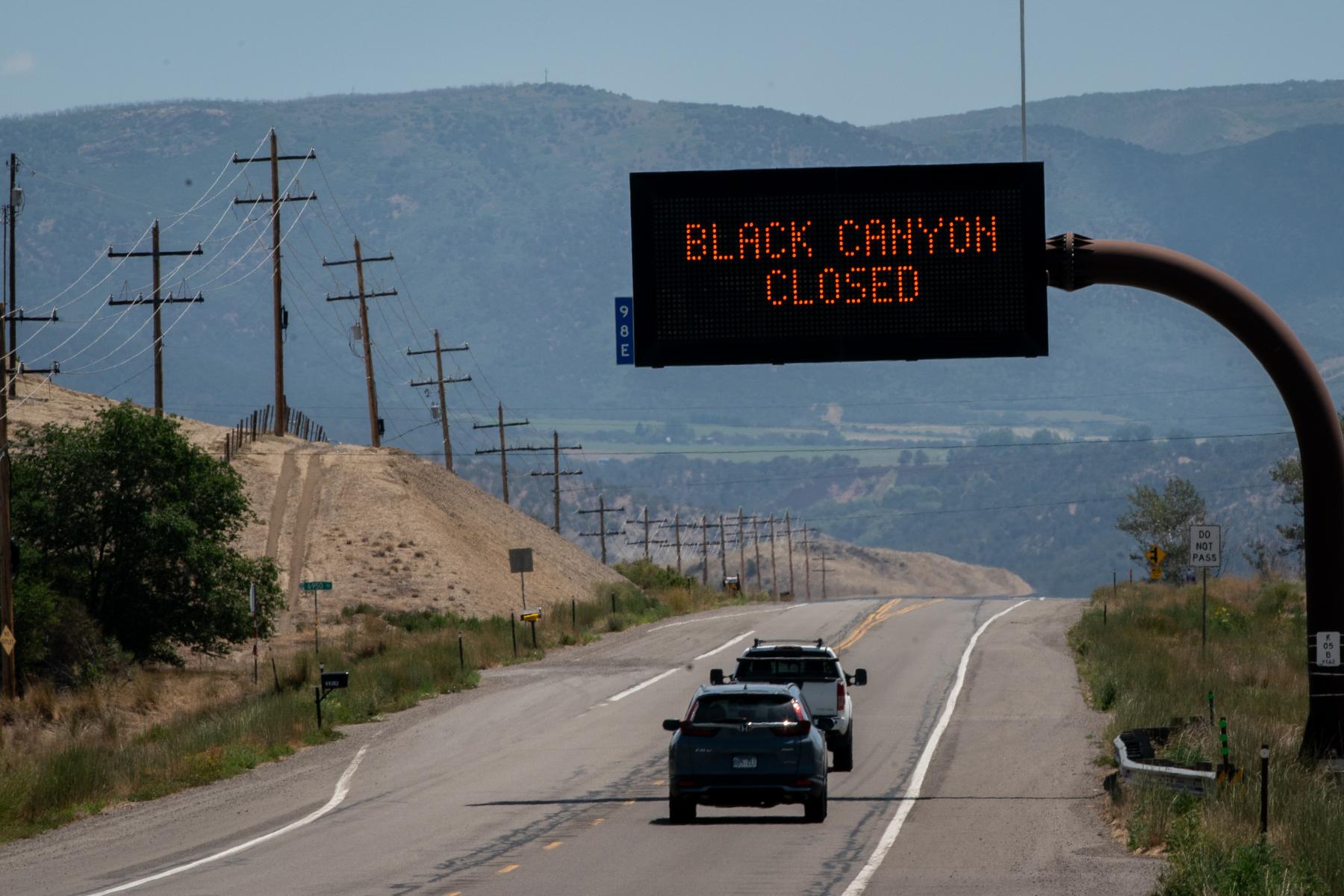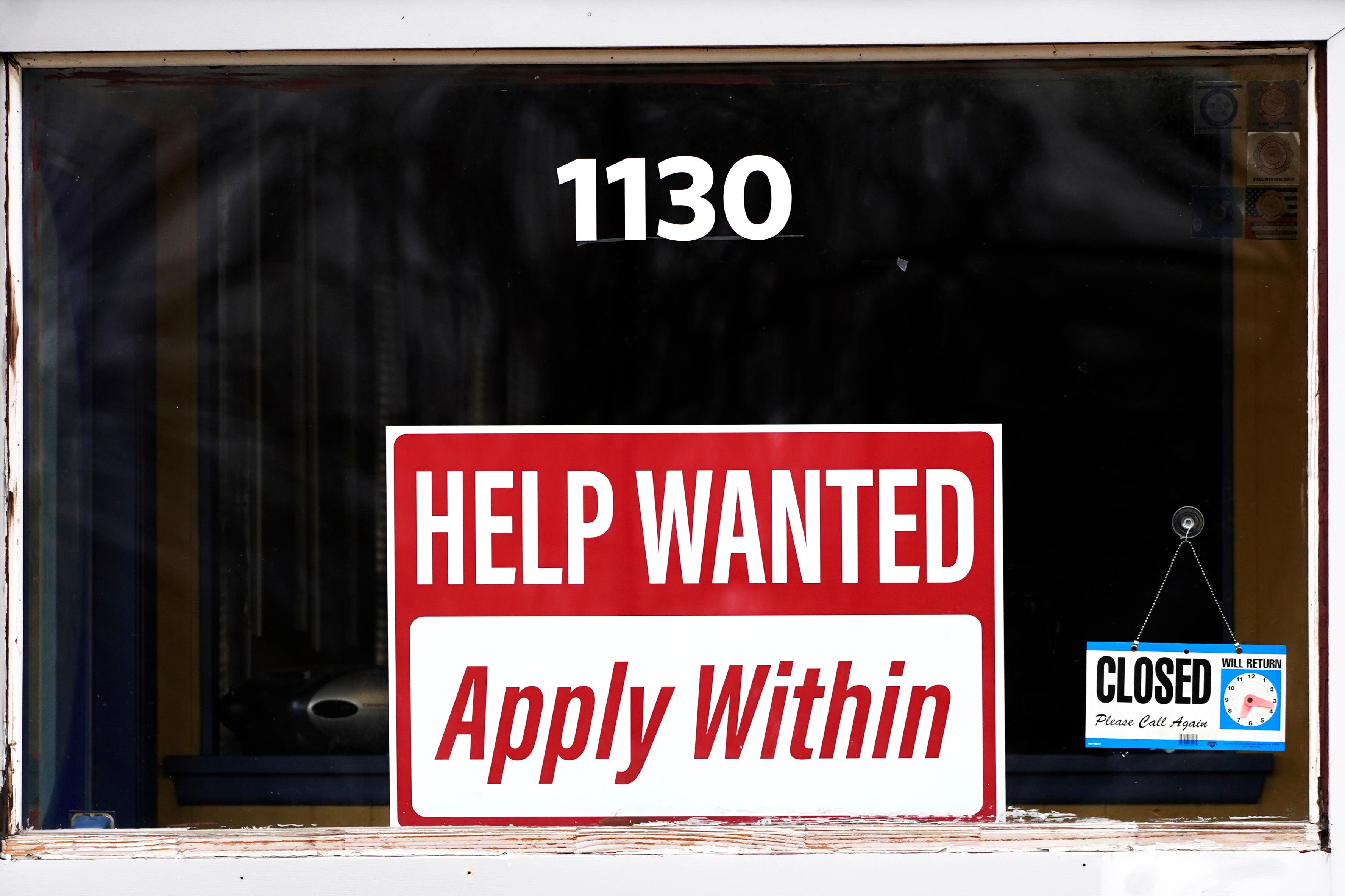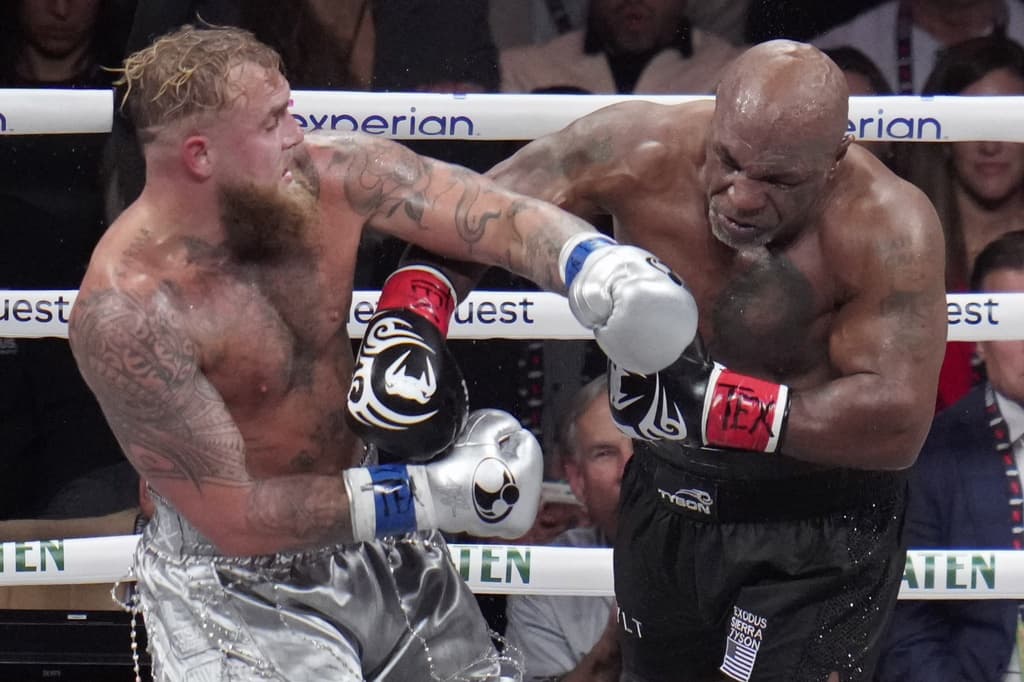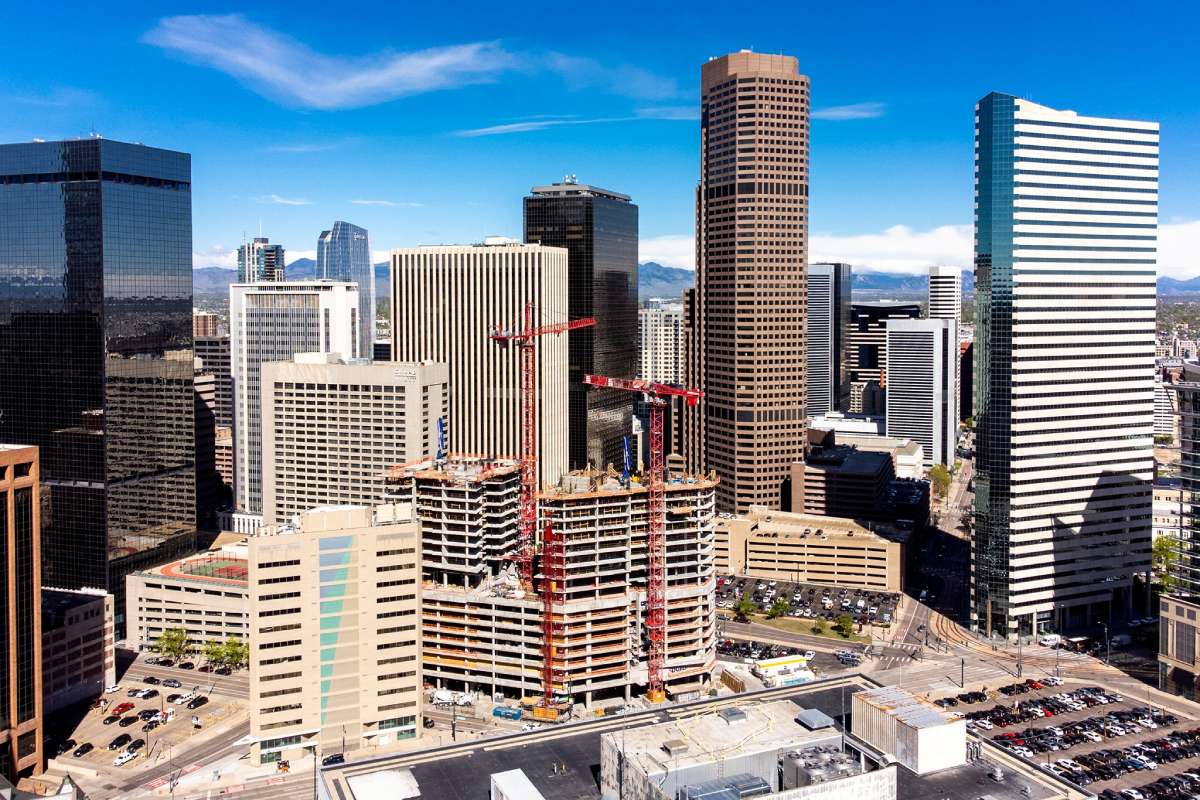Updated at 12:45 a.m. ET Tuesday
A handshake in Singapore set in motion a historic meeting between President Trump and Kim Jong Un — the first-ever between a sitting U.S. president and North Korean head of state. Both leaders have committed to "denuclearization of the Korean Peninsula," but it's unclear what specific steps North Korea is willing to take to get there.
At the luxury Capella hotel on Singapore's Sentosa Island, the two entered the staging area from opposite sides. With U.S. and North Korean flags as a backdrop, they shook hands for about ten seconds and, exchanged greetings and faced the camera for photos.
Following the historic handshake, the president said, "I feel really great."
"We're going to have a great discussion and, I think, tremendous success," Trump said. "It will be tremendously successful. And it's my honor. And we will have a terrific terrific relationship, I have no doubt."
"Well, it was not easy to get here," Kim said, smiling. Through an interpreter, he said "old prejudices and practices worked as obstacles on our way forward. But we overcame all of them, and we are here today."
The two again shook hands and thanked each another. Trump gave a thumbs up.
The initial meeting between the 71-year-old president and the 35-year-old dictator could prove significant, as Trump had insisted earlier that "within the first minute," he would be able to know if a deal could be made.
After an approximately 38-minute one-on-one, with only the leaders and their interpreters, the two proceeded to the expanded bilateral meeting with advisers — National Security Adviser John Bolton, Secretary of State Mike Pompeo and Chief of Staff John Kelly on one side and North Korea's Vice Chairman Kim Yong Chol, Foreign Minister Ri Yong Ho and former Foreign Minister Ri Su Yong on the other.
Remarks made by Bolton last month nearly derailed the summit altogether. He said that North Korea could follow the "Libya model" to denuclearization — an implication that suggested violent regime change.
On their way to that meeting, Trump responded to a shouted question from the media. How is the meeting going? "Very, very good. Excellent relationship," Trump said.
Following the bilateral, the delegations sat down to a lunch of beef ribs and sweet & sour pork. "Getting a good picture everybody?" Trump asked photographers before the two sides took seats. "So we look nice and handsome and thin? Perfect," he said.
Emerging from the working lunch, the president, with Kim beside him, told reporters that there had been "a lot of progress. More than anyone could have expected. Top of the line."
Without elaboration, he then said that the two were "going to a signing," but then the two leaders went in different directions.
The stakes for the summit are high and a genuine breakthrough could rewrite the geopolitical script for the Korean peninsula. Officials — including the president — appeared optimistic, but also cautious about raising expectations of what could be accomplished at a first face-to-face between the two leaders.
Pompeo said Monday the goal remains the complete, verifiable, irreversible denuclearization of the Korean Peninsula, a policy laid out under the George W. Bush administration and continued through the Obama administration to this point. In some instances, past deals struck by previous U.S. administrations with North Korea paused — but failed to roll back — North Korea's program, which has only grown over the years.
"In light of how many flimsy agreements the United States has made in previous years, this president will ensure that no potential agreement will fail to ultimately address the North Korean threat," Pompeo told reporters in Singapore on Monday.
North Korea signed onto a goal of "complete denuclearization" of the peninsula in an April 27 declaration with South Korea. Pyongyang has advocated for decades for a peace treaty to formally end the Korean War, rather than the armistice that has been in place for more than 60 years. North Korea also wants an end to what it considers America's "hostile policy" and a security guarantee that the U.S. will not seek to remove the regime.
Under Kim Jong Un, the third-generation dictator of the country established in 1948, North Korea has rapidly advanced its nuclear capabilities. Four of the nation's six nuclear tests have taken place since Kim took power in 2011. Last fall, despite numerous rounds of international sanctions, Pyongyang conducted its farthest-reaching test launch of an intercontinental ballistic missile, which in theory could reach the United States mainland.
Following that test, North Korea declared its state nuclear program was complete. And on Jan. 1, Kim shifted his approach to the outside world: He went from flouting international rules and leaders to engaging in a flurry of diplomatic overtures.
In the past two months, he has met twice with South Korean President Moon Jae-in and twice with China's leader Xi Jinping. He also hosted Russia's Foreign Minister Sergei Lavrov.
In March, Trump accepted on the spot an invitation by Kim to meet in person, without preconditions, setting the stage for Tuesday's historic event. Trump briefly called off the summit a few weeks ago before agreeing again to the meeting.
On the eve of the summit, Trump stayed in his hotel but Kim decided to take a sightseeing tour of Singapore's hot spots, visiting botanical gardens at Gardens by the Bay and posing for a selfie before making a stop at Singapore's iconic three-tower Marina Bay Sands hotel.
9(MDEyMDcxNjYwMDEzNzc2MTQzNDNiY2I3ZA004))







